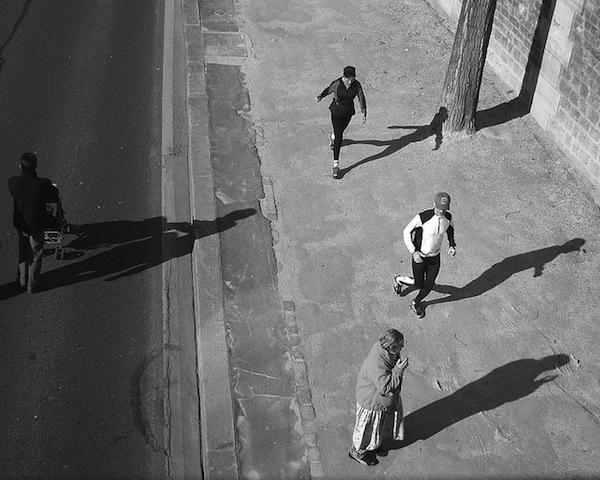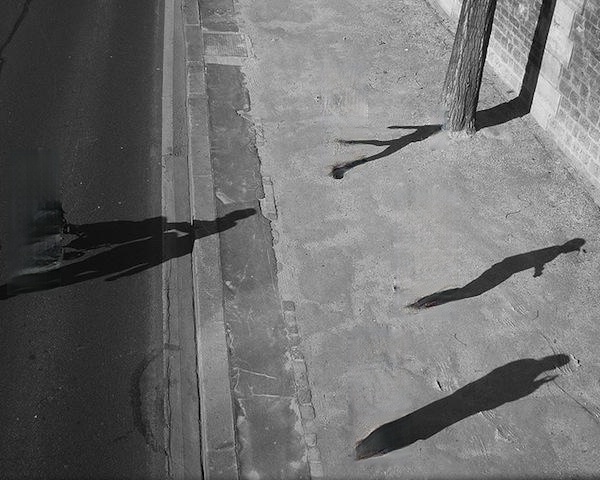Our vision can be deceiving. Optical illusions are instances where what we visually perceive differs from reality. Optical illusions can conceal meaning in plain sight. Check a couple optical illusions for human vision and read on to learn about optical illusions for computer vision.
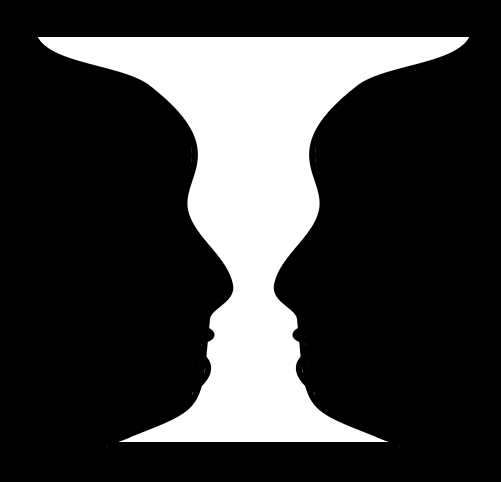
In the image above, do you see two faces? Do you see a vase?
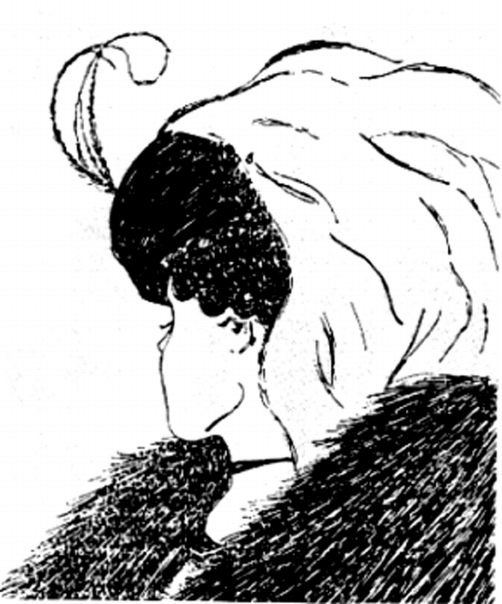
In the image above, do you see a young girl? An old woman?
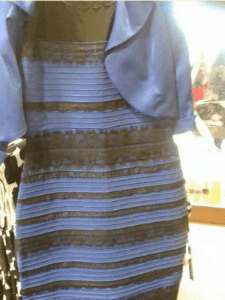
What color is the dress in the image above? Is it black and blue or white and gold?
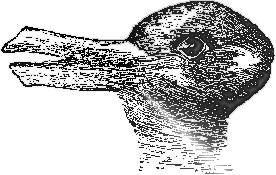
And did you see a duck or a rabbit above? Optical illusions aren’t limited to computer vision. Here’s a video showing how Google Cloud Vision sees the Duck-Rabbit optical illusiom. (Video credit to Max Woolf (@minimaxir) who posted the video on Twitter).
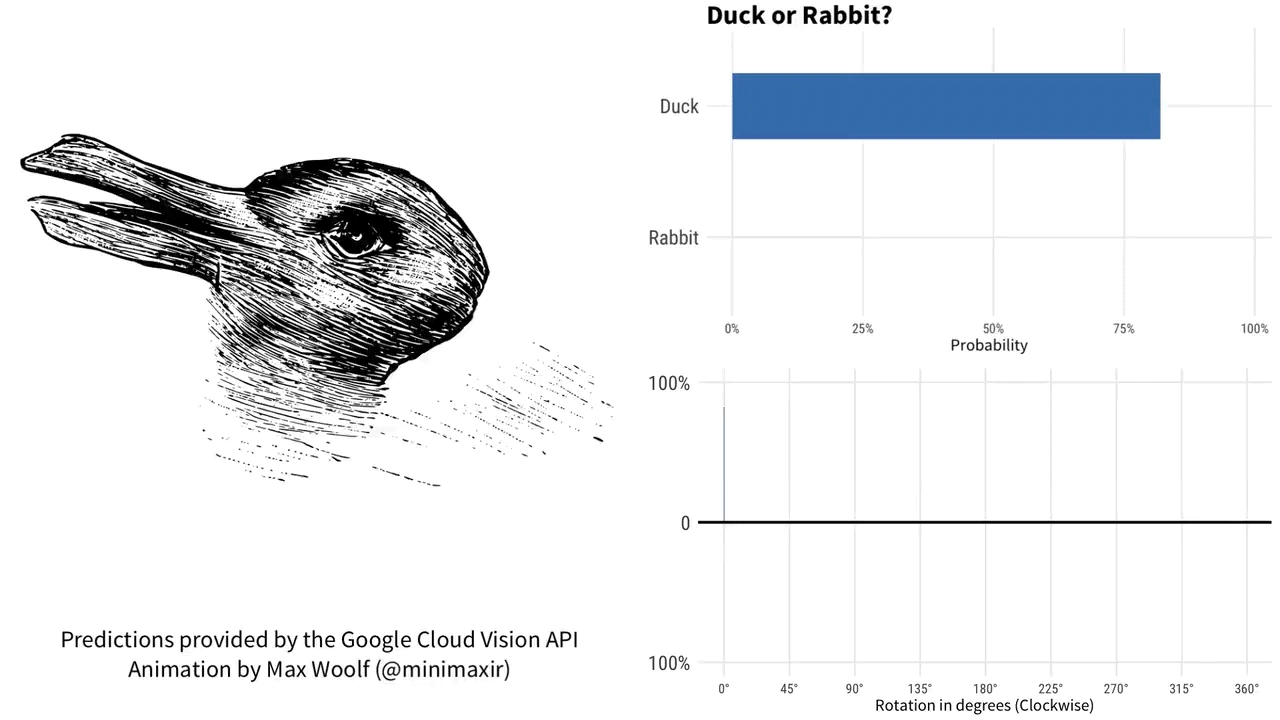
Here’s another image to demonstrate current blindspots in the state-of-the-art computer vision. (Image credit to Tom White (@mdribnet) who posted the image on Twitter)
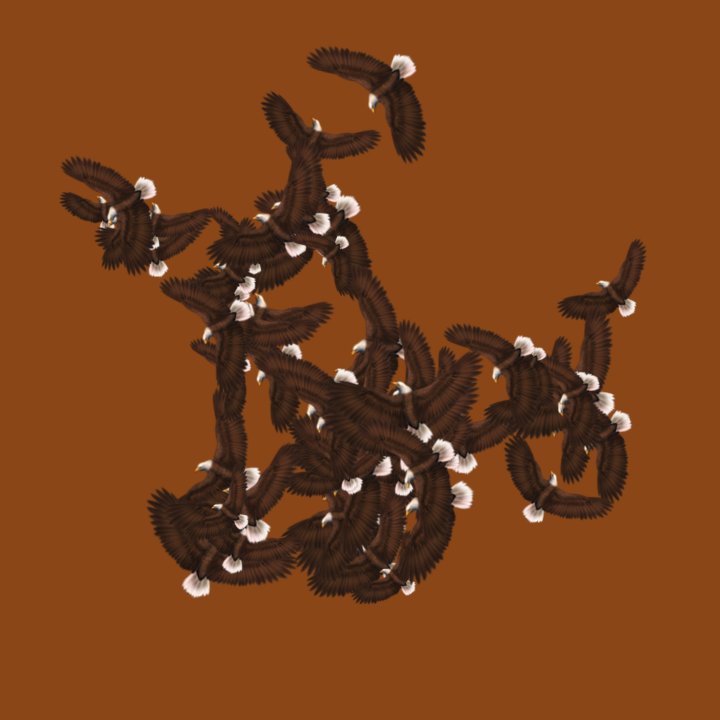
When you search the image in Google’s image search, Google classifies the flock of birds as a hybrid bicycle.

These are toy examples, but adversarial computer illusions can occur in critical aspects of real life too.
Vision is tricky. And the tricks are often part of the medium. In every day life, shadows are ephemeral things produced by other things blocking light. But, in photos, shadows are permanent. There’s something about photography as a medium that captures and enshrines a moment and perspective. That is partly why photos have such an emotional draw.
The other day, I noticed that Deep Angel, an AI designed to remove objects from images, couldn’t remove objects’ shadows. By supplying Deep Angel with late evening photos, anyone can create a shadows without substance piece. Below is a photograph titled “Shadows” from Flickr and its resulting Deep Angel transformation.
